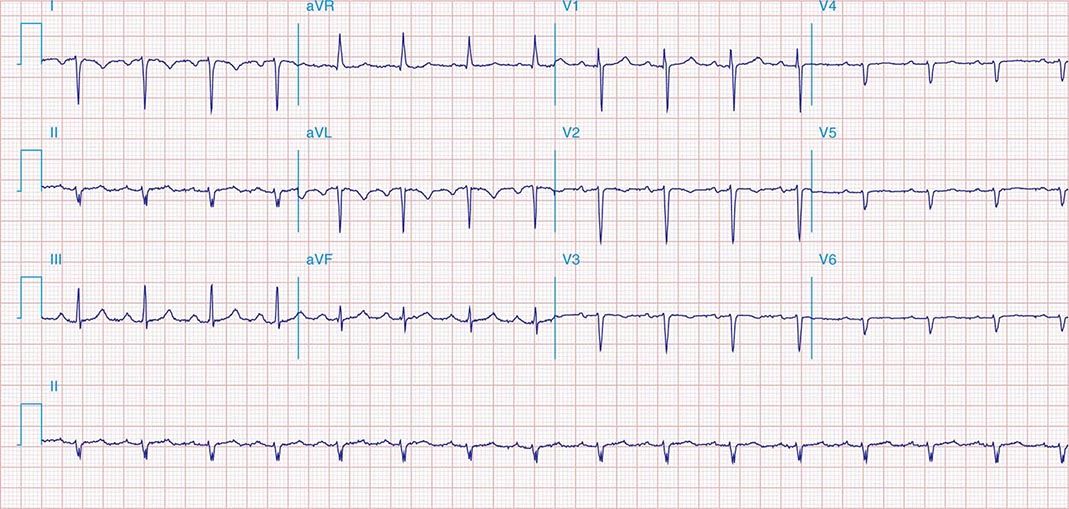

Keep in mind that defibrillation can help pace and treat your bradyarrhythmia, but won’t necessarily resolve this type of arrhythmia or address any underlying conditions. Having a home defibrillator may be a good idea if you are at risk for sudden cardiac arrest. If you feel faint, call 911 or tell someone close to you. If you have bradyarrhythmia and start to feel lightheaded, lie down to avoid a dangerous fall. An arrhythmia in which the upper chambers quiver or beat out of synch with the lower chambers, for example, is called atrial fibrillation. If an abnormal heart rhythm is detected but your heart rate is normal, you may be diagnosed with another type of arrhythmia.
#SINUS BRADYCARDIA WITH IVCD SKIN#
Second and third degree heart blocks typically require a pacemaker, an electrically charged device that is implanted under the chest skin to help manage heartbeats. The impulses from the atria become completely blocked so that the ventricles beat on their own, resulting in a slower, irregular heartbeat that can jeopardize the heart’s ability to pump enough blood to meet the body’s demands. Either the impulses slow so much that the heart skips a beat (Type I), or some impulses never get to the ventricles and an arrhythmia develops (Type II). The mildest type of heart block, in which electrical impulses move slower than normal from the atria through the AV node to the ventricles. The AV node can become blocked in a few different ways: This is known as an AV block or a heart block. When the electrical signal that controls the heart rate is partially or completely blocked, your heart rate can slow down or your heart can begin to beat in an irregular rhythm. The AV node is a group of cells that serve as an electrical relay station between the heart’s upper and lower chambers, controlling your heart rate.

Several disorders that fall under the category of sick sinus syndrome can cause the sinus node to fail, potentially leading to a slower heart rate and an irregular heart rhythm. It acts as the heart’s natural pacemaker and controls the heart’s electrical system to ensure a steady rhythm. The sinus node is a cluster of cells the upper right chamber of the heart (right atria). There are two main types of bradyarrhythmia: sinus node dysfunction and atrioventricular (AV) blocks.


 0 kommentar(er)
0 kommentar(er)
